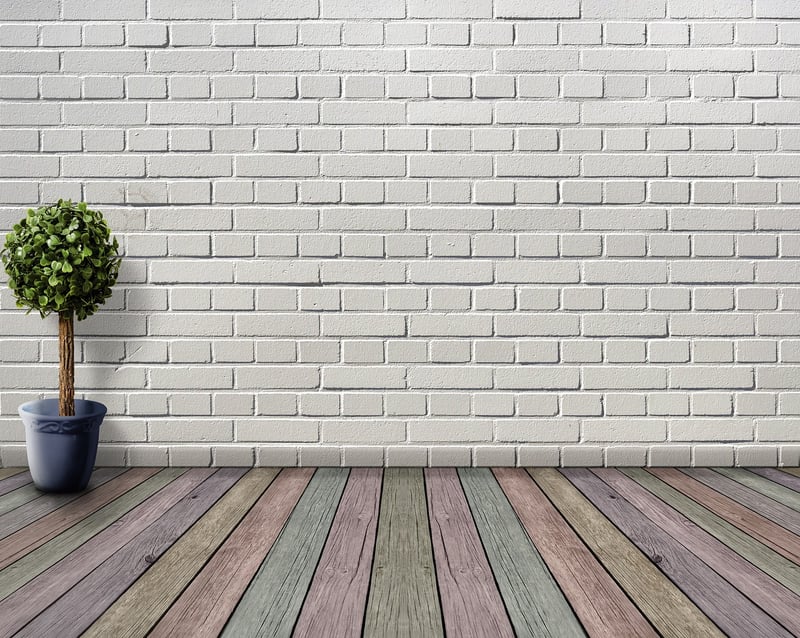Optimal Plant Spacing
Answers to Common Questions About Plant Spacing
Why is Plant Spacing Important?
Proper plant spacing is essential for healthy growth. It allows plants to access adequate sunlight, nutrients, and water, reducing competition and preventing overcrowding that can lead to disease.
How Do I Determine the Right Plant Spacing?
The spacing between plants depends on the specific requirements of each plant species. Factors such as mature plant size, growth habits, and root systems should be considered when determining the optimal distance between plants.
What Are the Consequences of Incorrect Plant Spacing?
Incorrect plant spacing can result in stunted growth, reduced yields, increased susceptibility to pests and diseases, and poor overall plant health. Overcrowding can also lead to competition for resources, resulting in weaker plants.
Optimal Plant Spacing Guidelines
While specific spacing requirements vary by plant type, a general rule of thumb is to provide enough space for plants to reach their mature size without overcrowding. Refer to plant labels or guides for precise spacing recommendations.
Vegetables:
- Tomatoes: 18-24 inches apart
- Carrots: 2-3 inches apart
- Lettuce: 6-12 inches apart
Flowers:
- Marigolds: 8-10 inches apart
- Sunflowers: 12-18 inches apart
- Petunias: 6-10 inches apart
Herbs:
- Basil: 12-18 inches apart
- Mint: 12-24 inches apart
- Parsley: 6-9 inches apart
Additional Tips for Plant Spacing
- Consider the mature size of plants when spacing.
- Allow for proper air circulation between plants.
- Adjust spacing based on local climate and soil conditions.
- Regularly monitor plant growth and adjust spacing if necessary.

Remember, proper plant spacing is crucial for the health and productivity of your garden. By following optimal spacing guidelines, you can ensure that your plants thrive and yield bountiful harvests.
